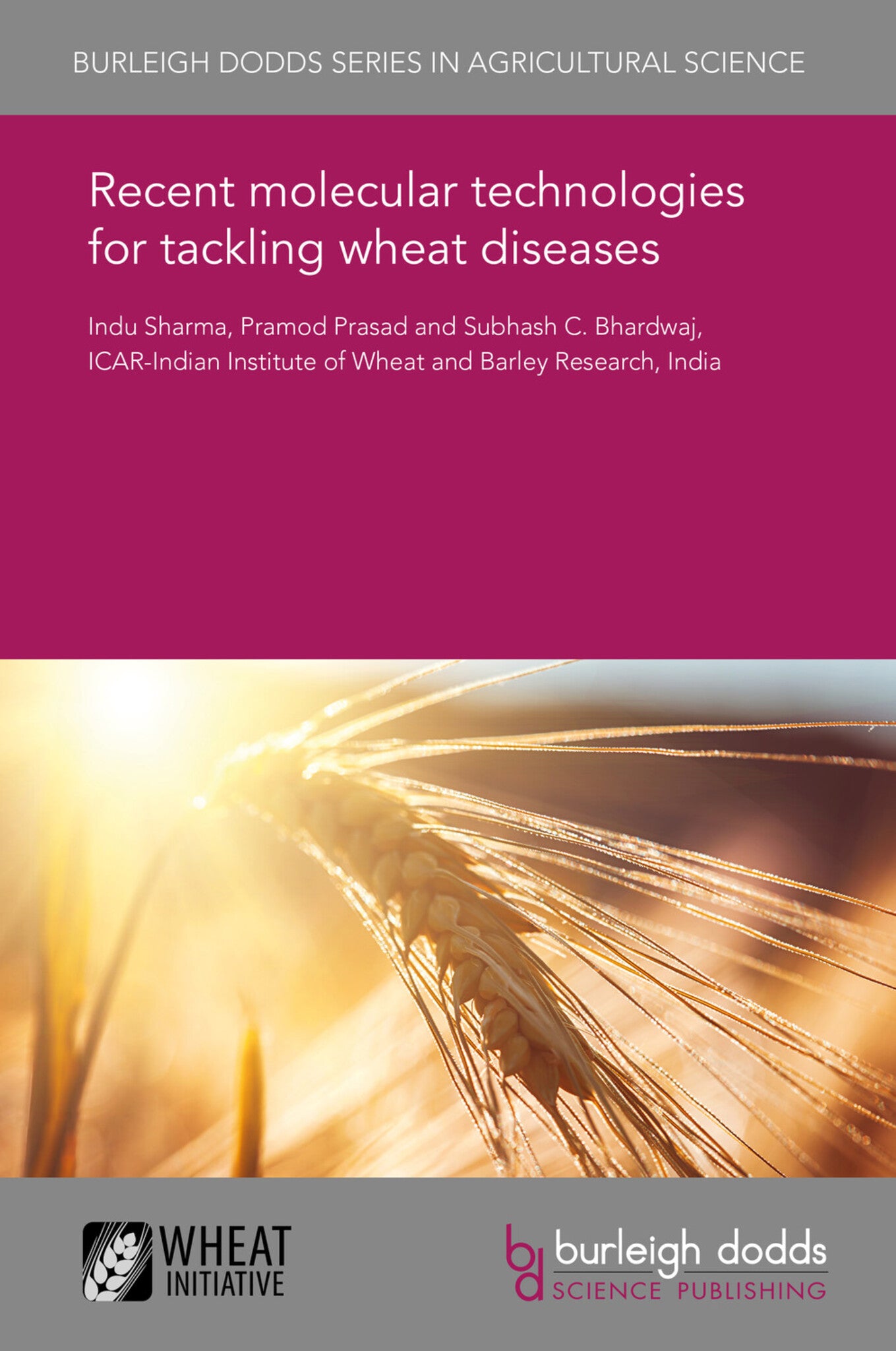We're sorry. An error has occurred
Please cancel or retry.
Recent molecular technologies for tackling wheat diseases

Some error occured while loading the Quick View. Please close the Quick View and try reloading the page.
Couldn't load pickup availability
- Format:
-
31 July 2016


TECHNOLOGY & ENGINEERING / Agriculture / General, Agricultural science, TECHNOLOGY & ENGINEERING / Agriculture / Agronomy / Crop Science, TECHNOLOGY & ENGINEERING / Agriculture / Agronomy / Soil Science, TECHNOLOGY & ENGINEERING / Agriculture / Sustainable Agriculture, TECHNOLOGY & ENGINEERING / Pest Control, Botany and plant sciences, Sustainable agriculture, Organic farming, Agronomy and crop production, Pest control / plant diseases

1 Introduction
2 Understanding host response to pathogen attack
3 Current strategies for combatting wheat diseases
4 Transgenic approaches to develop disease resistance in wheat: R and APR gene, effectors and transcription factor/peptides-mediated disease resistance
5 Transgenic approaches to develop disease resistance in wheat: pathogenesisrelated (PR) protein, RNA interference (RNAi), virus-induced gene silencing (VIGS) and genome editing-mediated disease resistance
6 Marker-assisted selection (MAS) and genomic selection (GS)-based resistance breeding
7 TILLING (Targeting Induced Local Lesions in Genomes)-based resistance breeding and gene pyramiding
8 Systemic acquired resistance (SAR) and induced systemic resistance (ISR)
9 New methods for detecting and modelling plant pathogens
10 Conclusions
11 Where to look for further information
12 References



